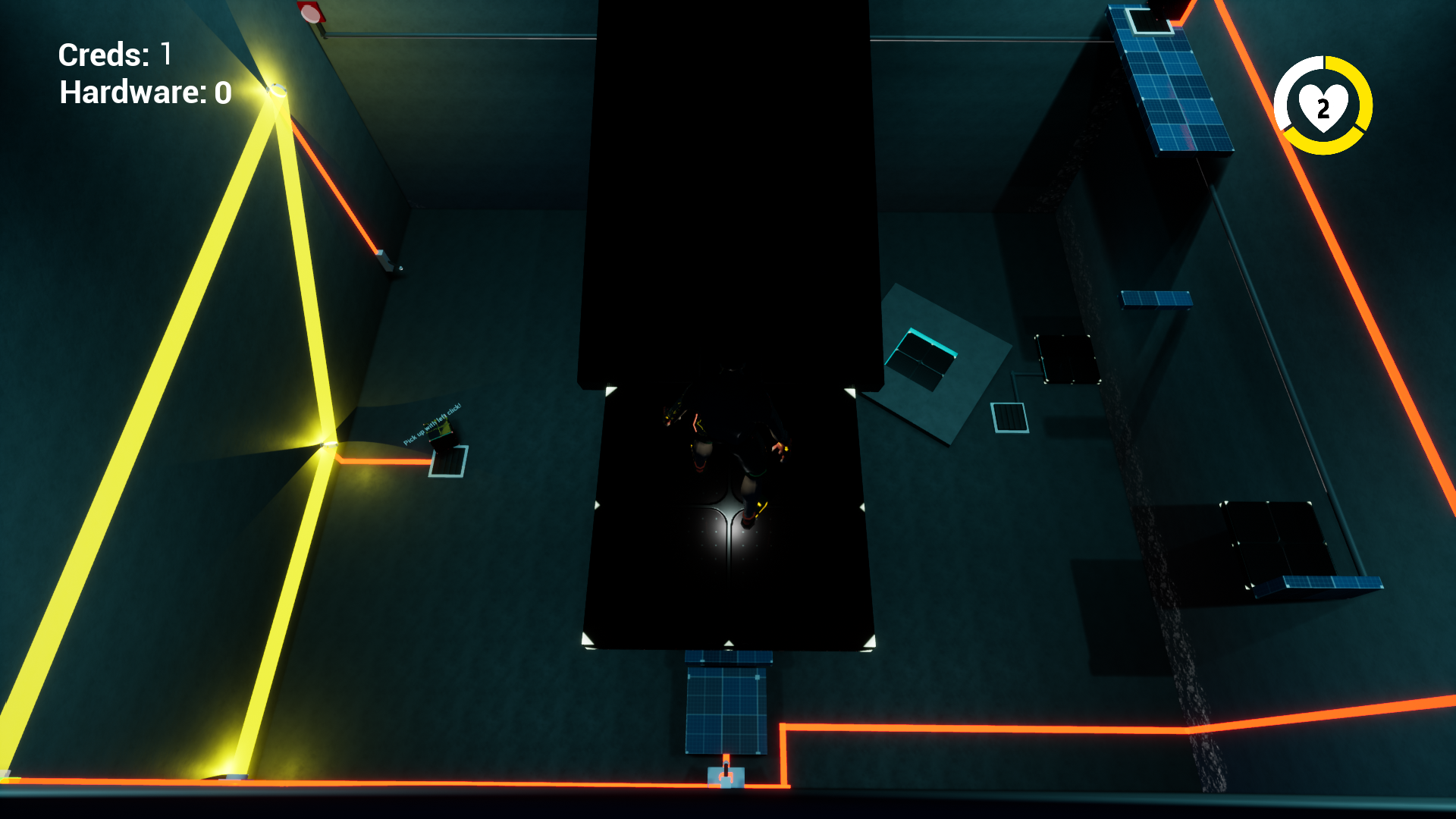Capstone
This project was my capstone project from my final 4 months in Full Sail University’s Game Design course. In this project, myself and a group of other designers were tasked with analyzing and recreating a game of our choice. For this, we chose Super Mario Odyssey.
Over the first couple months, we spent our time working in Confluence and Jira, working out design requirements and creating user stories as we did week long sprints, slowly chipping away at the features we wanted to recreate. In terms of features to recreate, I was responsible for the camera movement and the save system for keeping track of the amount of items collected between maps. As our project progressed, we were tasked with making a handful of levels each, my contribution of which are pictured below. Additionally, we were each tasked with making some new mechanics for our game. My contributions for this were blocks you can push around, which you can see in the first set of pictures, and a set of puzzle elements using powering wires, logic gates, and light beams.
The first level, which I referred to as “crater mountain”, was designed more in the style of a collect-a-thon map that you might find in a game like Super Mario Odyssey. It was much more open ended and free to explore, with the collectables scattered around the map to discover through interacting with the various platforming puzzles. The main challenge I had with this level was figuring out how to make interesting puzzles to solve with the push blocks. Ultimately, most of the puzzles ended up being using the blocks to get somewhere higher up, through some means or another. The most interesting of these puzzles is in the 2nd image, where you had to go to the upper area in order to push a taller block down to use to get up higher.
Around halfway through the project, we decided to pivot our game into a completely new theme, opting for a more modern theme, leaning into a cyberpunk style. With this, we needed to make all new levels to fit our new theme. In this level, I made use of my puzzle suite that I had made for my first level in the project but decided didn’t fit very well at the time. I took the opportunity to revamp and reuse that mechanic, making all the elements slightly smaller as well as adding some new elements like logic gates.
Additionally, when we made the shift to our new theme, one of the other designers and I set up a keycard system. This system was designed to use our already implemented save system to keep track of keycards collected across all levels. That way, a keycard collected in one level could be used to open a door in another level. During the end of our project, we also had the opportunity to work with some of the game art students to commission art assets for our game, such as the character models, the pickup models, and some of the wall models.















